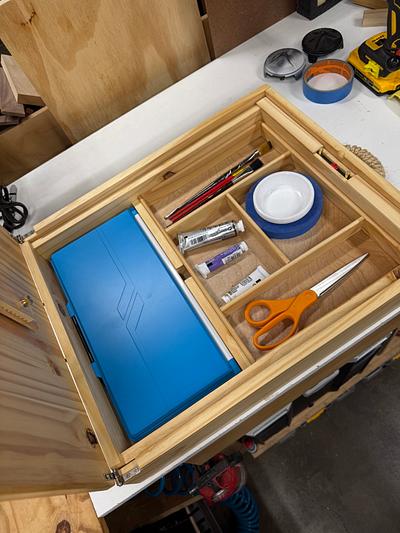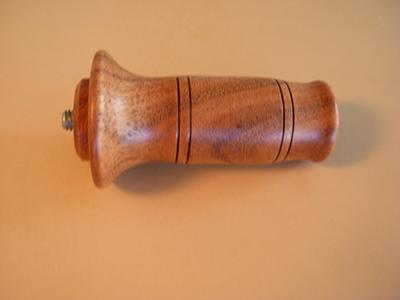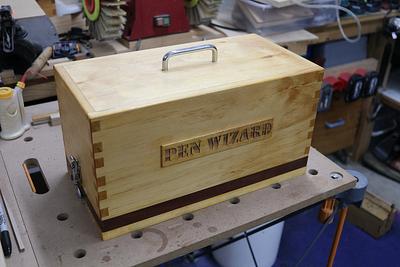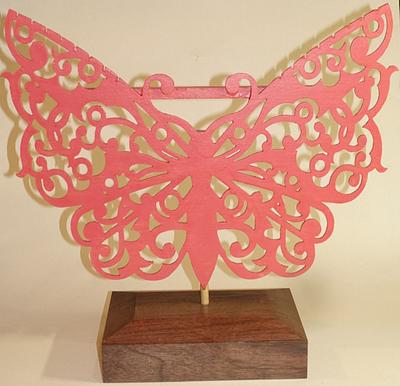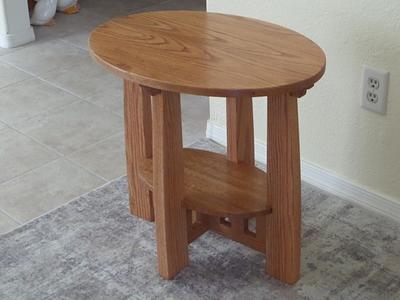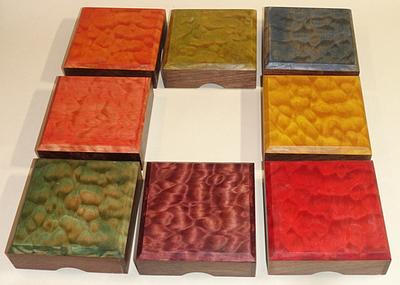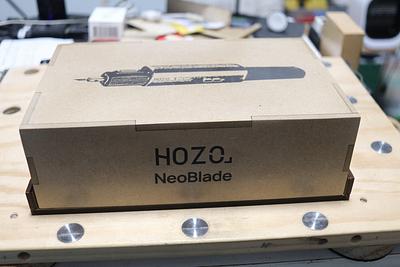Share your craft projects
Make new craft buddies
Ask craft questions
Blog your craft journey
Woodworking Projects: 6 Tips for How to Get Started
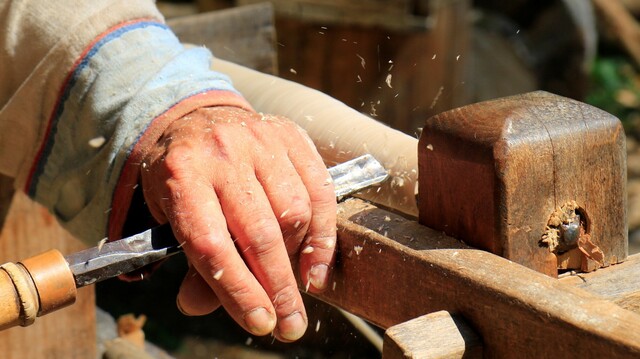
You can already smell the wood shavings in your future shop. And combined with the thrill of creating your own wooden chair design, you already feel like you're at the doorstep of heaven.
You're not the only one who feels excited about getting into woodworking, either. The fact that the market for power tools was worth more than $10 billion in 2020 demonstrates the continued popularity of woodworking.
The question is, how exactly do you get started with woodworking projects?
Here's a rundown of six tips for breaking into woodworking.
Let's get started!
1. Develop a Convenient Setup for Woodworking Projects
One of the most important steps for getting started with woodworking is to create the right setup for your woodworking crafts.
Note that you do not need an expensive and fancy garage or workshop to begin woodworking. Simply set up your own temporary table using a sturdy plywood board and two sawhorses.
This makeshift table can go right in your backyard when you're ready to start working on a project. Then, tear it down and set it aside for another day when you're done with a woodworking session.
If you happen to have a shed space or garage, go ahead and set up your table in this spot instead. In this way, you won't need to assemble and disassemble it every time you want to use it.
2. Learn Your Lumber Options
When starting out with creating craft projects, you must master lumber species and dimensions as well.
For instance, a commonly used wood species used in do-it-yourself woodworking projects is pine, a softwood. What's great about this species is that it is readily available and affordable. It also comes in several sizes.
As your woodworking skills improve, you can move on from pine to other softwood species, like cedar, fir, and spruce. You can also give some hardwoods a try. Hardwood examples range from mahogany to cherry, birch, maple, walnut, and oak.
3. Master Essential Tools for Woodworking
Learning how to utilize some essential woodworking tools is also a must for any avid woodworking hobbyist.
For instance, practice using a quality miter saw if you're interested in making furniture. Miter saws can come in handy for making repeatable angle cuts and crosscuts. Compound miter saws are particularly great for making compound angle and beveled cuts.
Jigsaws are also great tools for creating basic woodworking projects. These saws allow you to cut curves.
Planes are additionally helpful for beginning woodworkers. These tools can be used for smoothing, flattening, and reducing a piece of wood's thickness. You can do this simply by pushing a plane's blade over your wood's surface.
Once you master these tools, you can begin to build your favorite wooden objects both quickly and efficiently.
4. Master the Tape Measure
Reading tape measures is yet another skill you'll need to develop as a woodworker. That's because with woodworking, you'll likely have to make precise cuts, and this requires you to make precise measurements first.
Often, your measurements will be more like 14 and 7/16 inches versus an even 14 inches or 14 and 1/2 inches. So, the better your tape measure reading skills are, the easier it will be to complete your craft projects.
5. Embrace Straight Boards
As a new woodworker, you'll also need to practice picking out the best wooden boards when doing projects.
Ideally, you should pick straight boards. Avoid ones that are bowed and warped. This will save you many headaches when you begin cutting your boards to build your wooden objects.
To choose a straight board, hold a prospective board up toward your face. The other end should be on the floor. Then, look down at the board at an angle.
Through these steps, you should easily be able to tell if the board is bowing.
6. Practice Sanding
Finally, you'll need to master sanding your wood surfaces during your woodworking projects. This is necessary to prepare the surfaces for staining, painting, and finishing your wood.
For instance, you can use an orbital sander to achieve perfect sanding results. Choose a corded one to avoid interruptions during a sanding session. After all, a sander that is battery-powered may not last for your entire sanding session.
Consider also investing in your own detail sander. This type of sander can help you to reach angles and places where other bigger sanders won't fit.
You should also have some sanding disks on hand for doing manual sanding if you prefer this. Manual sanding will tire the muscles in your arms and is extremely tedious. However, it will give you more control than you would have with a sanding device.
If you're interested in manual sanding, it's best to start sanding with 120-grit discs and then use 220-grit ones. The 120-grit discs will provide you with a relatively rough finish. Meanwhile, the higher-grit discs will help with the final sanding as you wrap up your project.
How We Can Help with Your Woodworking Projects
As you embark on the path to creating woodworking projects, you'll need to create a comfortable space to hone your craft. Get ready to also practice sanding and using other essential woodworking tools, like saws and planes.
Fortunately, at Craftisian, we take pride in serving as your go-to resource for everything related to crafts for woodworking. Through our site, you can find new project ideas, tools to buy, and courses for taking your woodworking skills to the next level.
Explore the latest woodworking projects today!









